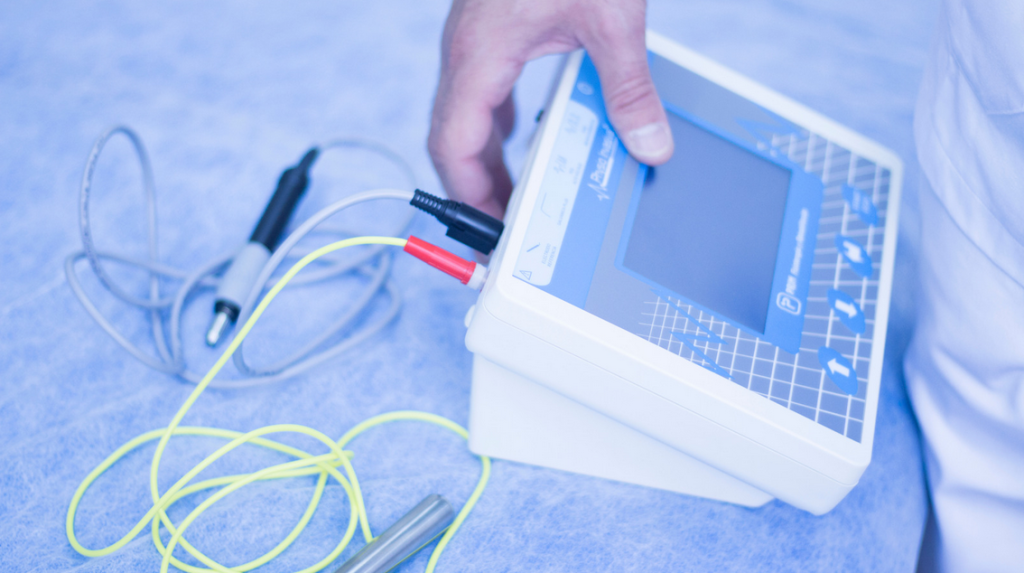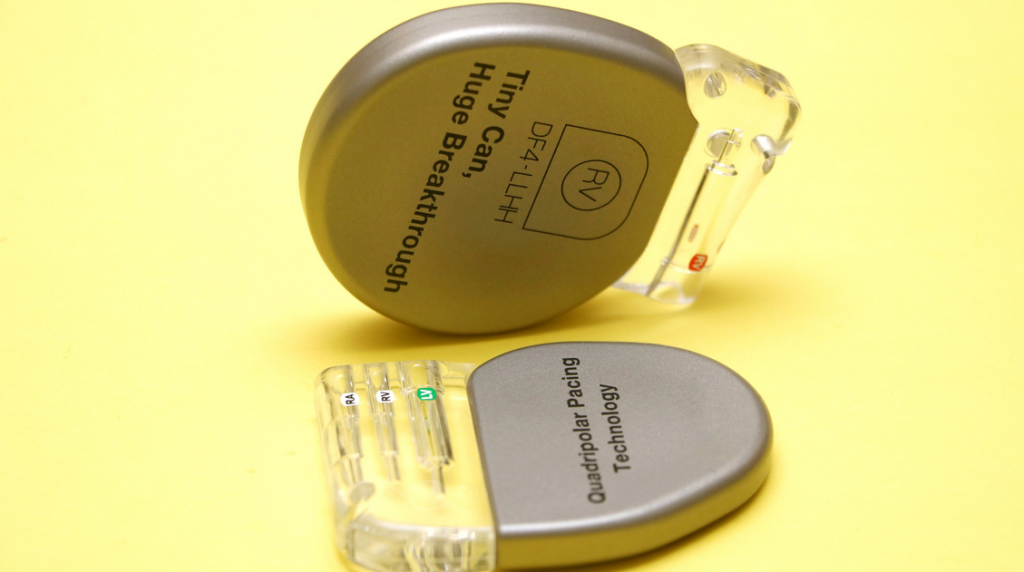
People who suffer from urinary incontinence or overactive bladder know how disruptive it can be to their daily lives. Frequent bathroom breaks, accidents, and the constant worry about leakage can be overwhelming. Fortunately, a minimally invasive treatment option can help percutaneous tibial nerve stimulation (PTNS). PTNS is a neuromodulation therapy designed to improve bladder function by stimulating the nerves that control the bladder.
In this blog post, we’ll explore what PTNS is, how it works, and what you can expect from the treatment process. We’ll also share tips for preparing for your PTNS procedure and what you can do to maximize the benefits of this therapy. Whether you’re considering PTNS for the first time or are already undergoing treatment, this guide will help you make the best decision for your needs.
What is PTNS?
Percutaneous Tibial Nerve Stimulation (PTNS) is a cutting-edge treatment that targets the tibial nerve to address bladder dysfunction. It is a minimally invasive procedure that aims to improve bladder control and alleviate bothersome urinary symptoms. By stimulating the tibial nerve, PTNS helps restore the balance and coordination of nerve signals between the bladder and the brain, leading to enhanced bladder function.
How PTNS Works
During a PTNS session, a healthcare professional will insert a thin needle electrode near your ankle, which is connected to a specialized device. This device delivers gentle electrical pulses to the tibial nerve, which runs from the lower spine to the ankle. The stimulation of the tibial nerve sends signals to the sacral nerves, which control bladder activity. This stimulation helps retrain and recalibrate the nerves in bladder control, improving coordination and reducing urinary symptoms.
The Treatment Process

During PTNS treatment, patients typically undergo a series of sessions that are scheduled at regular intervals. The treatment begins with more frequent sessions and gradually transitions to a maintenance phase. The exact frequency and duration of PTNS sessions may vary based on individual needs and response to treatment.
Patients receive weekly treatments for 12 weeks. These initial sessions are crucial for establishing the therapeutic effect and optimizing bladder function. Each session typically lasts for about 30 minutes. You will be comfortably seated during the procedure, and a healthcare professional will carefully insert a thin needle near the ankle to stimulate the tibial nerve.
After the first 12 sessions, many women experience significant improvements in bladder control and may require less frequent treatment. Typically, women only need treatment once a month during the maintenance phase. This schedule helps sustain the benefits achieved during the initial treatment period.
It’s important to note that every patient’s response to PTNS may vary. While most women can transition to monthly treatments after the initial 12 sessions, some individuals may require more frequent sessions to maintain optimal bladder function. Conversely, there are cases where patients can extend the intervals between sessions and still retain satisfactory bladder control.
What Does It Feel Like?
During a Percutaneous Tibial Nerve Stimulation (PTNS) session, you can expect to experience a gentle tingling or tapping sensation in the area where the thin needle electrode is inserted near your ankle. The electrical impulses delivered to the tibial nerve are typically well-tolerated and do not cause significant discomfort. Most patients find the treatment painless and relaxing, allowing them to engage in quiet activities or simply unwind during the session. Your healthcare professional will closely monitor your comfort level and can make adjustments as needed to ensure your experience is as pleasant as possible.
Comparison to Other Treatment Options

When it comes to managing bladder control issues, various treatment options are available. Understanding how Percutaneous Tibial Nerve Stimulation (PTNS) compares to other treatments can help you decide the most suitable approach for your needs. We will explore how PTNS stacks up against other common treatment options.
1. Medications
Medications are a common first-line treatment for bladder control issues. They work by targeting specific receptors in the bladder and urinary system to relax the bladder muscles or reduce overactive bladder signals. While medications can provide symptom relief for some individuals, they may also come with potential side effects, such as dry mouth, constipation, blurred vision, and dizziness. Additionally, not all patients respond well to medications or may prefer to avoid long-term medication use.
In comparison, PTNS offers a non-pharmacological approach that directly stimulates the tibial nerve to improve bladder control. It is a drug-free option that can be particularly beneficial for patients who cannot tolerate or prefer to avoid medications.
2. Behavioral Therapies
Behavioral therapies, such as pelvic floor exercises (Kegels), bladder training, and lifestyle modifications, are often recommended alongside medications for managing bladder control issues. These approaches aim to strengthen the pelvic floor muscles, increase bladder capacity, and establish healthy voiding habits. While behavioral therapies can be effective, they require consistent effort and adherence to see long-term improvements.
PTNS complements behavioral therapies by providing an additional treatment modality that targets the underlying nerve activity. The stimulation of the tibial nerve during PTNS sessions can help enhance the effectiveness of behavioral therapies and expedite the improvement in bladder function.
3. Surgical Interventions
In some cases, surgical interventions may be considered for severe bladder control issues that have not responded to conservative treatments. Surgical options include sling procedures, bladder neck suspension, or implantation of nerve stimulators. These procedures are invasive and carry the inherent risks associated with surgery, such as infection, bleeding, and complications from anesthesia.
PTNS offers a less invasive alternative to surgical interventions. It does not require incisions or the implantation of devices, making it a safer and less traumatic option. PTNS can be considered an initial treatment approach before exploring surgical options or avoiding surgery altogether.
Who Can Do Percutaneous Tibial Nerve Stimulation?

Percutaneous Tibial Nerve Stimulation (PTNS) is suitable for individuals experiencing bladder dysfunction, such as urinary urgency, frequency, or incontinence. It can be a valuable treatment option for those who have not found sufficient relief from medications or are looking for a non-drug approach. PTNS is considered safe and effective for a wide range of individuals, including both men and women of different age groups.
While Percutaneous Tibial Nerve Stimulation (PTNS) is generally safe and well-tolerated, there are certain situations where it may not be recommended. Individuals with the following conditions may not be suitable candidates for PTNS:
- Active infections or skin conditions in the treatment area: PTNS requires the insertion of a needle electrode near the ankle, and any active infections or skin conditions in that area may hinder the procedure or increase the risk of complications.
- Presence of a pacemaker or implantable device: The electrical impulses used in PTNS may interfere with the proper functioning of pacemakers or other implantable devices. It is crucial to inform your healthcare professional about any implanted devices you have before considering PTNS.
- Bleeding disorders or the use of blood-thinning medications: PTNS involves the insertion of a needle electrode, which may carry a risk of bleeding. If you have a bleeding disorder or are taking blood-thinning medications, PTNS may not be suitable or require additional precautions.
- Pregnant or planning to become pregnant during treatment: Pregnancy can affect the course of PTNS treatment, and the safety of PTNS during pregnancy has not been established.
Preparing for PTNS Treatment

Before starting Percutaneous Tibial Nerve Stimulation (PTNS) treatment, you will have an initial assessment and consultation with a healthcare professional. This is an opportunity to discuss your medical history, current symptoms, and treatment goals. Be prepared to provide detailed information about any medications, allergies, or previous treatments you have undergone. This assessment will help the healthcare professional develop a personalized treatment plan that suits your needs.
Follow Pre-Treatment Guidelines:
To ensure the effectiveness and safety of PTNS, it is important to follow any pre-treatment guidelines provided by your healthcare professional. These guidelines may include:
- Avoiding caffeine or diuretic beverages: Caffeine and diuretic beverages can increase urinary frequency and urgency, which may affect the accuracy of PTNS assessment or treatment. It is advisable to limit or avoid these beverages for a specified period before your PTNS sessions.
- Staying hydrated: Adequate hydration is important for overall health, including bladder function. Maintaining a good fluid intake is generally recommended unless specifically advised otherwise by your healthcare professional.
- Wearing comfortable clothing: Opt for loose, comfortable clothing on the day of your PTNS treatment. This will allow easy access to the treatment area near your ankle and ensure comfort during the session.
Possible Side Effects and Risks
Percutaneous Tibial Nerve Stimulation (PTNS) is generally a safe procedure with minimal risks. However, like any medical treatment, there are potential side effects to be aware of. Common side effects include mild redness or discomfort at the needle insertion site, which typically resolves quickly. In rare cases, temporary bruising, swelling, or infection may occur. It’s important to follow proper hygiene and care instructions provided by your healthcare professional. Serious complications are extremely rare.
Lifestyle Modifications for Enhanced Results

Certain lifestyle modifications can complement the effects of Percutaneous Tibial Nerve Stimulation (PTNS) and improve bladder function. Here are key areas to focus on:
- Diet and Hydration Recommendations: Maintaining a balanced diet, limiting bladder irritants (such as caffeine and acidic foods), and staying adequately hydrated can positively impact bladder health.
- Pelvic Floor Exercises and Physical Activity: Regular pelvic floor exercises and incorporating physical activity can strengthen pelvic muscles and support bladder control.
- Stress Management Techniques: Implementing stress reduction techniques, such as meditation or deep breathing exercises, can help manage stress-related bladder symptoms.
- Importance of Follow-Up Care: Regularly attending follow-up appointments with your healthcare professional ensures ongoing evaluation, optimization of treatment, and addressing any concerns that may arise.
Final Thoughts
Percutaneous Tibial Nerve Stimulation (PTNS) offers a non-drug, non-surgical approach to improving bladder function. By targeting the tibial nerve, PTNS can alleviate urinary symptoms associated with an overactive bladder and urge incontinence. Patients can expect minimal discomfort during treatment, with potential benefits including reduced urgency, frequency, and improved overall bladder control.
If you are experiencing bothersome urinary symptoms or have sought alternative treatments, we encourage you to consult a healthcare professional specializing in bladder dysfunction. They can evaluate your needs, provide personalized recommendations, and guide you through the PTNS treatment. One such trusted provider is Mobile Urodynamics Health Plus, a urological care leader offering expert guidance and support. Take the first step towards improved bladder function and regain control over your daily life. You may fill up this contact form to schedule your initial consultation.

